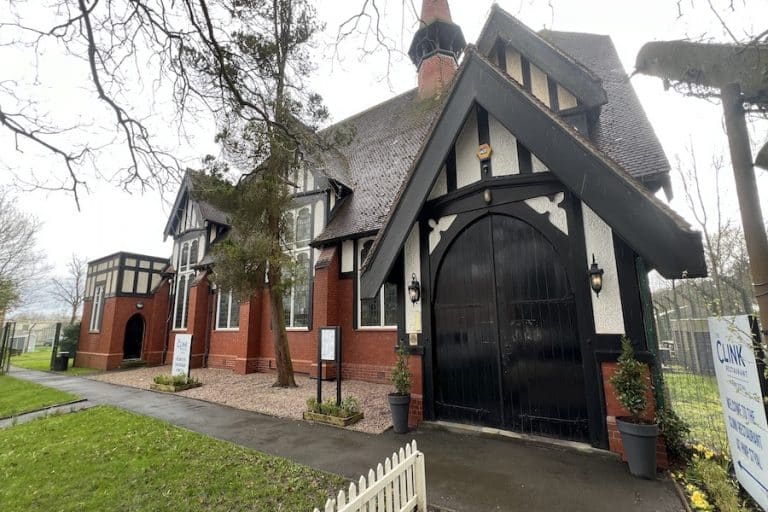World first for Salford University in race to reduce global CO2 emissions
- Written by Ray King
- Last updated 6 years ago
- City of Salford
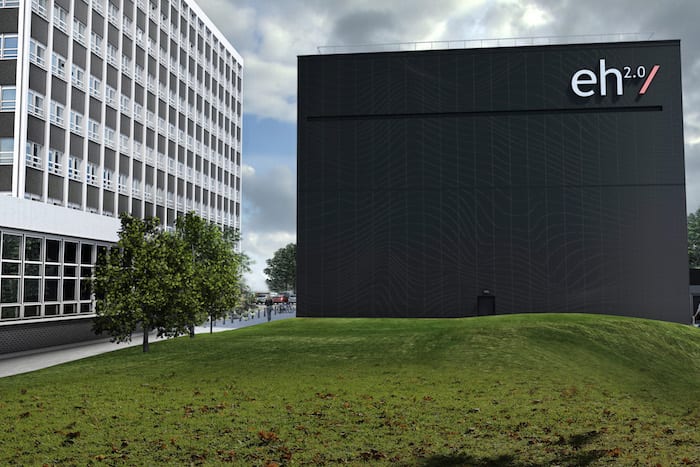
Work is set to start on a world-leading home energy research centre at the University of Salford.
The £16 million state-of-the-art project will be at the cutting edge of investigation into the future of housing, including off-site construction, smart homes and domestic energy use.
Energy House 2.0 will build on the work already done at Salford to enable key changes to be made in the UK’s housing stock aimed at saving energy.
The drive to make housing more energy efficient will be a key part of trying to reduce global CO2 emissions to acceptable limits in the coming years.
Energy House 2.0 will contain two environmental chambers that can achieve temperatures of between -20C and 40C and simulate wind, rain, snow and solar light.
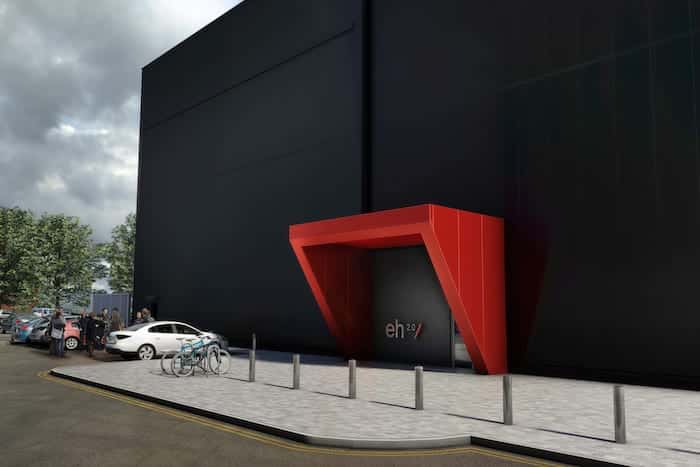
The research centre will target a global market, with environmental conditions experienced by 95% of the world’s population able to be replicated in the facility.
“Once work is complete our facilities will be globally significant,” said director of Energy House Laboratories, Professor Will Swan.
“We have undertaken significant work in the UK over the last 10 years, but these new developments give us major opportunities to work with international partners on major global challenges.
“This facility for whole buildings testing and research will further the development of energy efficient technologies for the built environment.
“From a UK perspective we are very much driven by the Industrial Strategy and will be working with partners from industry to support the delivery of a low carbon built environment.”
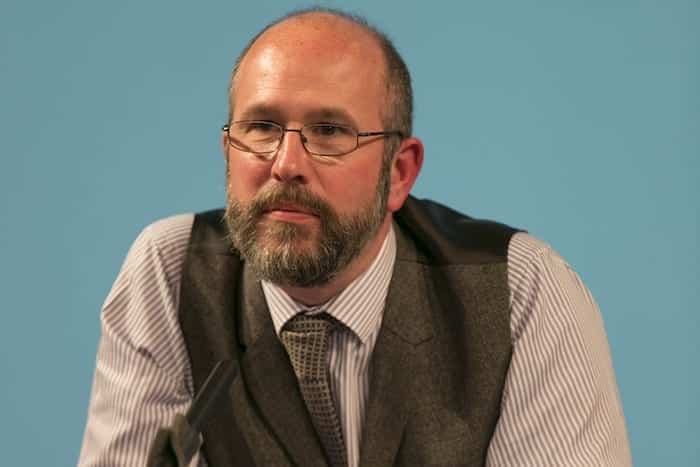
The likely scope of technologies will be related to building materials, smart control systems and meters, energy modelling and measurement.
The scheme secured planning permission in May 2018 and work is due to start at the beginning of next year, with the new facility coming on stream in the spring of 2021.
Business leaders and politicians have welcomed the investment which will give Greater Manchester the world’s first all-weather research centre for whole building performance capable of cutting test times for new products “from years to a matter of weeks.”
Dr Richard Fitton, technical research lead for Energy House Laboratories, said: “The development of Energy House 2.0 has required considerable support from the University, industry and the Greater Manchester Combined Authority. The team are grateful for the interest and support the project has generated.”
The University has concluded the first stage procurement of a contractor to continue the design of the Energy House 2.0 facility. Bowmer & Kirkland have been successful in securing the project and will now set about completing the design, work package procurement and the construction of the facility.

Energy House 2.0 is a successor to the University’s hugely successful Energy House, which opened in 2011 and has provided the science behind technological change and a raft of initiatives to save on energy bills particularly for Britain’s five million ‘fuel-poor’ households.
The existing facility – a Victorian terraced house inside an environmental chamber – is one of the most famous laboratories in the UK, and has regularly featured on TV and in the media.
The new blueprint is a much a larger, more flexible facility, where all sorts of buildings can be constructed, tested and then demolished.
Greater Manchester Mayor Andy Burnham said Energy House 2.0 would pave the way for net zero carbon homes and workplaces. Development of the new facility is timely given the UK’s Industrial Strategy on ‘clean growth’. It also supports Greater Manchester’s plans to position itself as a world-leading green business and clean tech hub.
“We’re determined to push boundaries to make Greater Manchester one of the greenest city regions in Europe,” he said.
“Energy House 2.0 at the University of Salford will be a significant driver towards truly net zero carbon homes and workplaces, not just here in Greater Manchester, but across the UK.”
- This article was last updated 6 years ago.
- It was first published on 5 July 2019 and is subject to be updated from time to time. Please refresh or return to see the latest version.
Did we miss something? Let us know: press@ilovemanchester.com
Want to be the first to receive all the latest news stories, what’s on and events from the heart of Manchester? Sign up here.
Manchester is a successful city, but many people suffer. I Love Manchester helps raise awareness and funds to help improve the lives and prospects of people across Greater Manchester – and we can’t do it without your help. So please support us with what you can so we can continue to spread the love. Thank you in advance!
An email you’ll love. Subscribe to our newsletter to get the latest news stories delivered direct to your inbox.
Got a story worth sharing?
What’s the story? We are all ears when it comes to positive news and inspiring stories. You can send story ideas to press@ilovemanchester.com
While we can’t guarantee to publish everything, we will always consider any enquiry or idea that promotes:
- Independent new openings
- Human interest
- Not-for-profit organisations
- Community Interest Companies (CiCs) and projects
- Charities and charitable initiatives
- Affordability and offers saving people over 20%
For anything else, don’t hesitate to get in touch with us about advertorials (from £350+VAT) and advertising opportunities: advertise@ilovemanchester.com

Head down the rabbit hole for Adventures in Wonderland with Z-arts
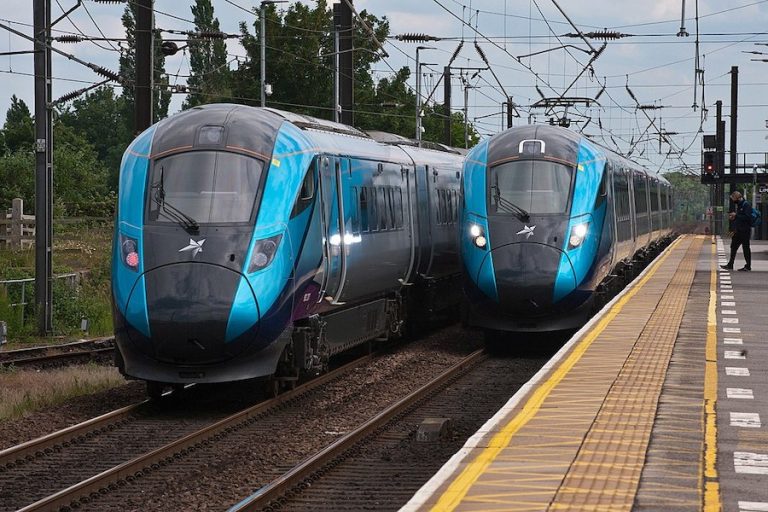
Major rail investment set to transform Manchester-Leeds commutes

“His presence will be deeply missed” Children’s hospice bids farewell to their visionary CEO

Has Gordon Ramsay created Manchester’s ultimate bottomless brunch?

The Clink celebrates ten years of empowerment and second chances
